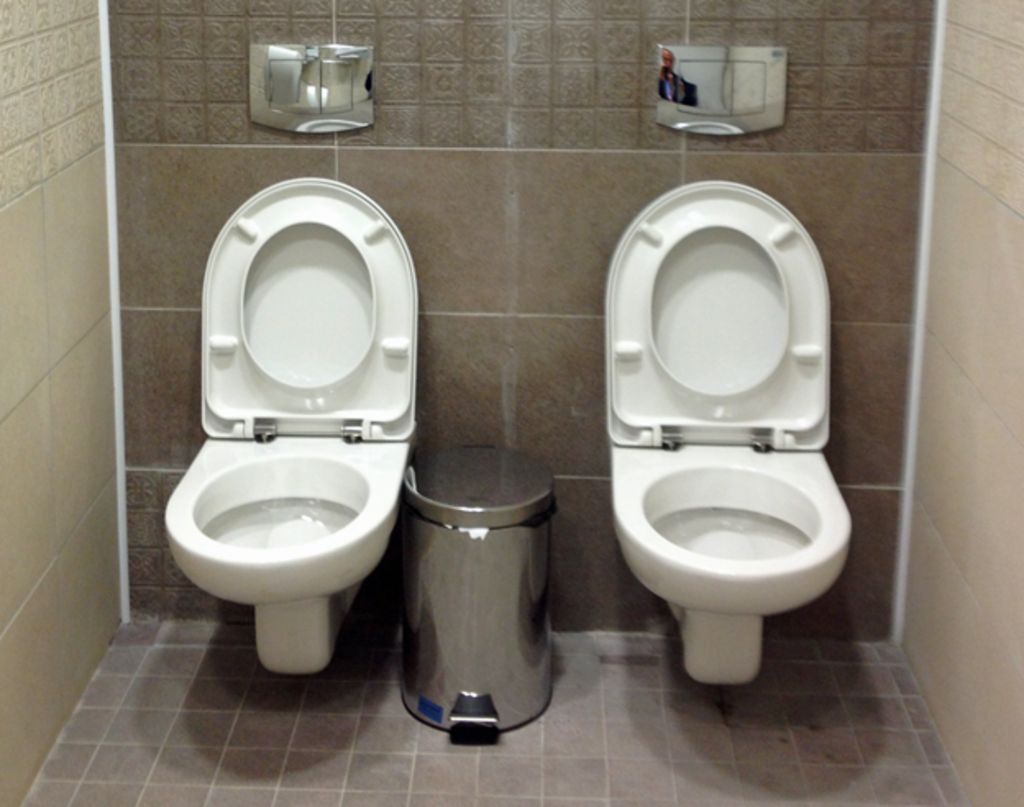- The Chinese Center for Disease Control and Prevention found traces of SARS-CoV-2 in a long-empty apartment
- They suspect that the virus spread through the plumbing from the apartment below
- This highlights the importance of maintaining pipes and closing toilet lids during the pandemic
The coronavirus might have spread through a block of flats in China by means of the sewerage system, according to a new study.
Aerosol transmission of the coronavirus has been well-documented, including through faecal matter. Earlier studies found that coronavirus particles in a person’s stool can be propelled into the air through aerosol droplets when flushing, and could thereby contribute to Covid-19 transmission.
But according to a research analysis published in Environment International, there is evidence that it can even move through a building's sewerage system between different apartments, without contact transmission.
"For many pathogens, transmission is multi-modal, and the contribution of the aerosol route may rely on environmental conditions, proximity of susceptible people, human behaviour, and other factors," write the researchers.
Long-empty apartment infected
In February, China's Center for Disease Control and Prevention found SARS-CoV-2 on bathroom surfaces in an apartment that had been standing empty for a long time. Situated on the 16th floor of an apartment block, it was right above another apartment where five people who had been infected with Covid-19 lived.
"The possibility of aerosol transport through sewage pipes after flushing the toilet at the 15th-floor restroom was confirmed by an onsite tracer simulation experiment showing that aerosols were found in the restroom of apartments on the 25th floor (two cases confirmed on 1 February) and 27th floor (two cases confirmed on 6 and 13 February, respectively) of the building."
This showed a similar pattern to the Amoy Gardens SARS outbreak in 2003 in Hong Kong, which was the epicentre of the then pandemic where 200 people in a block of flats appeared to become infected almost overnight. According to CNN, one person's intense diarrhoea, and shoddy piping, caused the rapid spread.
The researchers, however, noted that it can't be ruled out that the virus might have moved through the elevators in the Covid-19 case.
Aerosol debate
There has been no consensus in the science community on aerosol transmission of the coronavirus. In fact, the World Health Organisation maintains that there is not enough research to support the theory, and instead remains focused on halting contact surface transmission. However, they do recognise the role of airborne transmissions in enclosed spaces in the case of large gatherings, and the subsequent need for proper ventilation.
It has been widely recommended that people should stay 1.5 metres apart in public to prevent this kind of transmission. However, some studies suggest that droplets travel considerably further than that.
How to prevent this kind of transmission
Some of the recommendations made by the researchers to ensure the prevention of faecal aerosol spread is to keep public and hospital restrooms meticulously clean, maintain decent ventilation, and keep the toilet lid closed when flushing.
This becomes an especially tricky task when it comes to townships, where plumbing is notoriously underserviced, increasing the risk of aerosol spread. In these areas disinfection and sterilisation are vital.
"Floor drains and other outlets of sewer should be adding water frequently to ensure seals work at all time. The role of sewer pipes in aerosol transmission should also be taken into account in future architectural design."

























![CELEBRITY BIO] Belinda Effah's Biography | Long hair styles, Hair styles, Celebrities](https://i.pinimg.com/originals/fb/a7/bc/fba7bcc3d0670ff21163565219fb140c.png)












